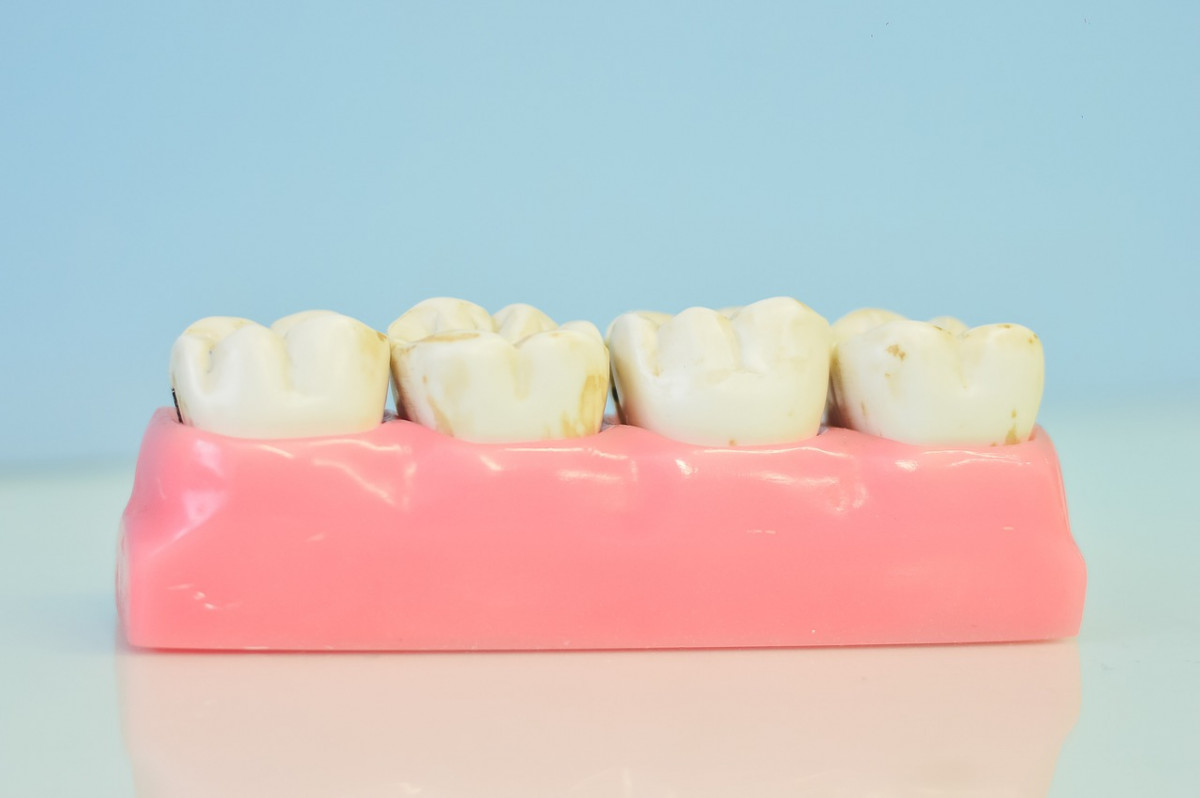
One of the
most recognizable characteristics of periodontal
diseases is the presence of calculus, which is easy to notice, especially if it
is pigmented and situated above the gingiva. However, calculus can be hidden
and in such cases its presence is neglected by both the patients and dentists.
Bacteria
which are a constituent part of oral cavity and the dental plaque play an important
role in the creation of dental plaque. One millilitre of saliva can contain
more than 108 types of bacteria, while the oral cavity can harbour several
hundred types of bacteria. Most of these bacteria are harmless. Even more so,
many of them are useful and form a constituent part of a normal oral flora. Sometimes,
conditions are formed in the mouth which allow the spreading of bacteria which
can be harmful. Some of those “harmful bacteria” create mineralized structures on
the surface of the teeth (dental calculus) which protect many bacteria from
mechanical removal. This forms a mechanical protection for some harmful
bacteria so they can destroy the periodontal
tissue.
The aim of our procedures is to have a high
portion of “good” bacteria which protect the oral cavity and do not cause caries
or periodontitis.
Is it
difficult to notice the calculus which might cause a problem?
Calculus
can be situated above the gum level (gingiva). This type of calculus is more visible
and the patients are often aware they have it.
In
comparison with that, the calculus situated below the gum level is more
difficult to notice and the patients are not often aware they have it.